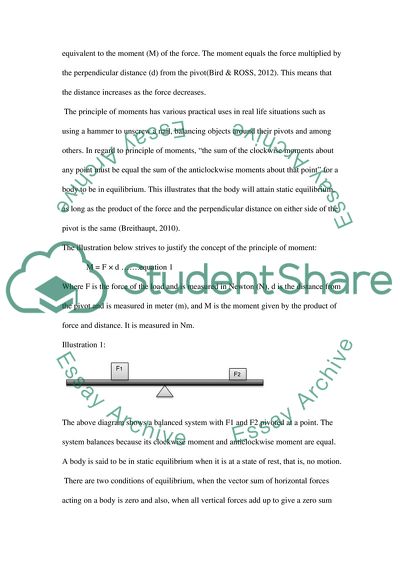Cite this document
(“Static equilibrium and the requirements of this principle Lab Report”, n.d.)
Retrieved from https://studentshare.org/physics/1630959-static-equilibrium
Retrieved from https://studentshare.org/physics/1630959-static-equilibrium
(Static Equilibrium and the Requirements of This Principle Lab Report)
https://studentshare.org/physics/1630959-static-equilibrium.
https://studentshare.org/physics/1630959-static-equilibrium.
“Static Equilibrium and the Requirements of This Principle Lab Report”, n.d. https://studentshare.org/physics/1630959-static-equilibrium.


